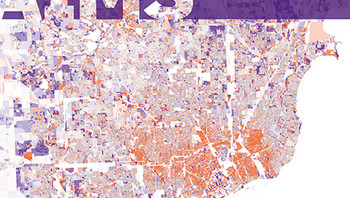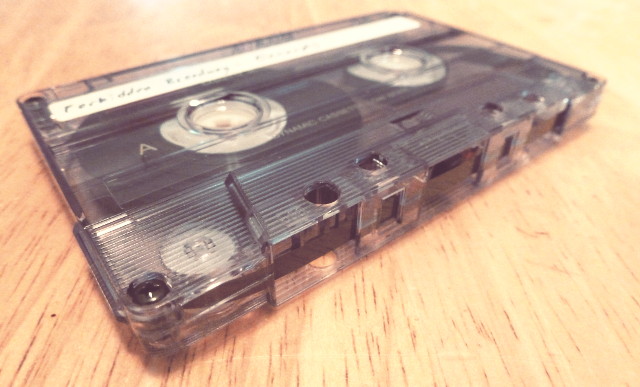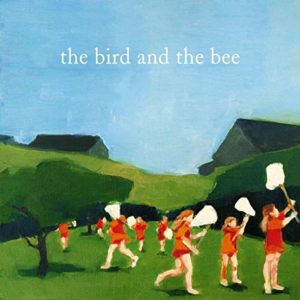I finally saw Frozen last week. Somehow I managed to avoid spoilers, detailed critiques (I’d file them away to read once I’d seen the movie), or even — believe it or not — hearing “Let it Go” before I had a chance to watch the scene and get the full context.
It was a lot of fun, very energetic, and I liked the music. For a lot of reasons, I couldn’t help but think of Tangled, and found myself tracking down both soundtracks.
Frozen Songs
I’m not sure which was a bigger surprise: That Kristen Bell can actually hold her own opposite Idina Menzel, or that one of the songwriters of Avenue Q won an Oscar for a Disney movie. Seriously: I’d forgotten the composers’ names, and I was trying to place the style while watching. Somewhere in the first half hour, something reminded me of Avenue Q, and I thought, “Nah, couldn’t be” and moved on. Now, I can’t unhear similarities.
After listening to the songs from both Tangled and Frozen a lot over the past week, I feel like Alan Menken’s score from Tangled is better overall, and more consistent, but the song list is very sparse and very reprise-heavy. Frozen is much more uneven, but the stand-outs are great, and much more catchy.
I’m going to be weird for a moment and say that the most perfect song in the movie is “Do You Want to Build a Snowman?” It captures Anna’s determination and optimism in the face of the sisters’ disintegrating relationship and their lonely circumstances, and there’s not a moment of awkwardness in the whole thing (except where it’s intentionally adorable).
“For the First time in Forever” and “Let it Go” are 90% fantastic. The former has a few clunker moments, and the latter IMO could have done with just one more pass-through on the lyrics. I love the way the performance in the movie starts out buttoned-up, then releases all that tension from the opening verse, and then turns into an anthem of self-discovery. And on second viewing, the links between the two songs add an interesting layer.
The other songs are serviceable, but nothing really stands out.
Tangled Music
Going back to Tangled, “When Will My Life Begin?” and “Mother Knows Best” are solid, and “I See the Light” is a beautiful mix of a madrigal sound on the verses with a more modern, sweeping chorus. The music is gorgeous, including the score (which is also fun to listen to for echoes of other Menken Disney scores), but the lyrics don’t have quite the same zing that the better lyrics in Frozen do (though they’re considerably better than the low points).
Still, I found myself compelled to learn the lyrics to “I See the Light,” partly to have something more complete running through my head, and partly for the lullaby value. (I do have a three-year-old, after all.)
Update: One Year Later….
A year later, a lot of the songs from both movies have grown on me. I’ve come to appreciate the lyrics in Tangled more, particularly the wordplay in “I’ve Got a Dream” (though the tune is basically “She’ll Be Coming ‘Round the Mountain”), the exaggeration in “Mother Knows Best” and the dissonance in “When Will My Life Begin.” And while I still think Tangled has a better score overall than Frozen, I can hear how well it’s constructed now. A lot of the tracks bring to mind the scenes immediately on hearing them, and everything is connected musically.
“I See the Light” did, in fact, become one of my go-to lullaby songs last year. After a while I started to regret it, when he began singing shrilly off-key fragments of songs in nonsense syllables at the top of his lungs all day, but thankfully he’s since cut down on frequency, learned to sing on-key and control his volume, learned more than just two lines of each song and started actually singing words. When he wants to. He still drops into the other mode of “singing” from time to time, but it’s not constant anymore.



